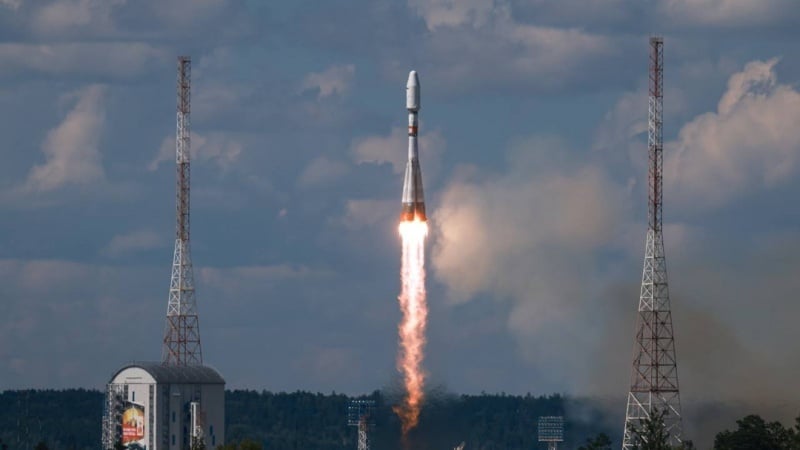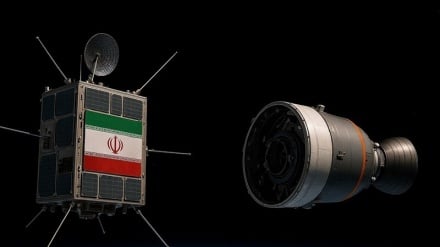Iran launches "Nahid-2" satellite: A major step in space telecommunications development
-

Nahid 2, a telecommunications satellite
Pars Today - Iran's indigenously developed "Nahid-2" telecommunications satellite has been successfully launched into orbit, representing a significant step forward in the country's space technology capabilities.
The telecommunications satellite "Nahid-2," developed under the supervision of the Iranian Space Agency in collaboration with the Iranian Space Research Institute and knowledge-based companies, stands as a testament to Iran's advancements in space technology.
According to Pars Today, citing Fars News Agency, "Nahid 2" will test technologies such as Ku-band communications, three-axis attitude control, and two-way communications in orbit for the first time. The primary mission of this satellite is to develop and test telecommunication technologies in low Earth orbit (LEO). Serving as a platform for building more advanced satellites, it provides the hardware infrastructure for future telecommunication satellites.
Weighing approximately 110 kilograms and positioned in a 500-kilometer orbit, this satellite is designed for fast and direct communication with ground stations. Its main mission includes sending and receiving data, as well as testing communication systems in various frequency bands (UHF, Ku, X, and S).
The Ku-band is used for commercial applications such as satellite internet and television broadcasting. Additionally, Nahid 2 is equipped with a three-axis attitude control system, enabling it to adjust and stabilize its position in all three primary directions.
One of the highlights of this project is the use of "deployable solar array" technology, which is being implemented for the first time in an Iranian satellite on a full scale. This technology enables the satellite to absorb more solar energy and remain operational for a longer duration.
As the second step in the Nahid program, Nahid 2 has the capability for two-way communication and can carry out more complex missions, serving as a testbed for national telecommunication satellites in higher orbits. Additionally, this satellite will help transfer the technical expertise gained from the Nahid 2 project to other space programs in the country.
The Nahid 2 satellite was launched aboard a Soyuz rocket from the Vostochny Cosmodrome in Russia. This cooperation with Russia highlights Iran's successful space diplomacy, demonstrating its ability to overcome space-related sanctions. The presence of Iran Space Agency (ISA) and Iranian Space Research Center (ISRC) logos on the Soyuz launcher's body serves as clear evidence of Iran's active participation in this international mission.
MG


